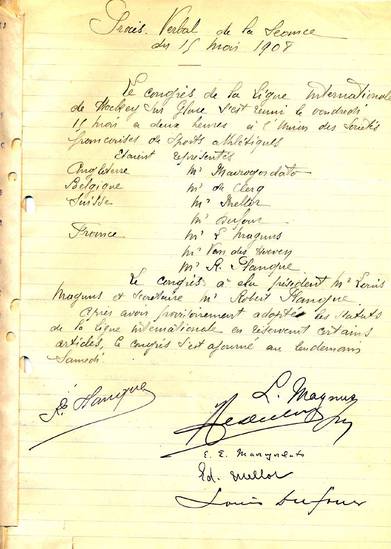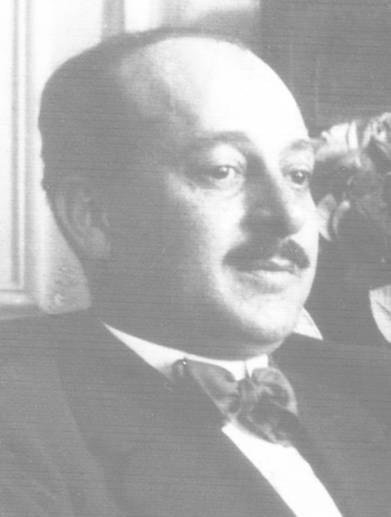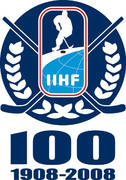

Story #50 LIHG (precursor to IIHF) formed by four membersMay 15, 1908 — Paris, France
Perhaps the most important event in the introduction of hockey to Europe came from a figure skater. In the late winter of 1897, George Meagher of Kingston, Ontario, brought with him some hockey equipment and organised Canadian-style hockey games at the Palais de Glace in Paris between the local team and two bandy teams from London and Glasgow. This marked the first time games using a puck were played in Europe. It wasn't until five years later that the game was picked up again, this time at the Princes' Skating Club in London, by a group of Canadian students.  Magnus wanted to create a unified set of rules for the sport called ice hockey rather than have games played all over Europe using a list of rules arbitrarily composed for each event. However, the International Ice Skating Union couldn't have cared less about Magnus's wishes; it had bigger concerns to deal with. Magnus, then, decided to form his own association. Called the Ligue Internationale de Hockey sur Glace (LIHG), this would be a body devoted solely to ice hockey (which the IISU wasn't) and devoted to promoting the game and setting a codified set of rules.  About the Top 100 StoriesAs part of the IIHF's 100th anniversary celebrations, www.IIHF.com is featuring the 100 top international hockey stories from the past century (1908-2008). Starting now and continuing through the 2008 IIHF World Championships in Canada, we will bring you approximately three stories a week counting down from Number 100 to Number 11.
The Final Top 10 Countdown will be one of the highlights of the IIHF's Centennial Gala Evening in Quebec City on May 17, the day prior to the Gold Medal Game of the 2008 World Championship.
These are the criteria for inclusion on this list: First, the story has to have had a considerable influence on international hockey. Second, it has to have had either a major immediate impact or a long-lasting significance on the game. Third, although it doesn't necessarily have to be about top players, the story does have to pertain to the highest level of play, notably Olympics, World Championships, and the like. The story can be about a single moment — a goal, a great save, a referee's call — or about an historic event of longer duration — a game, series, tournament, or rule change. |
 Click here for the 100 Top Stories
|
|






